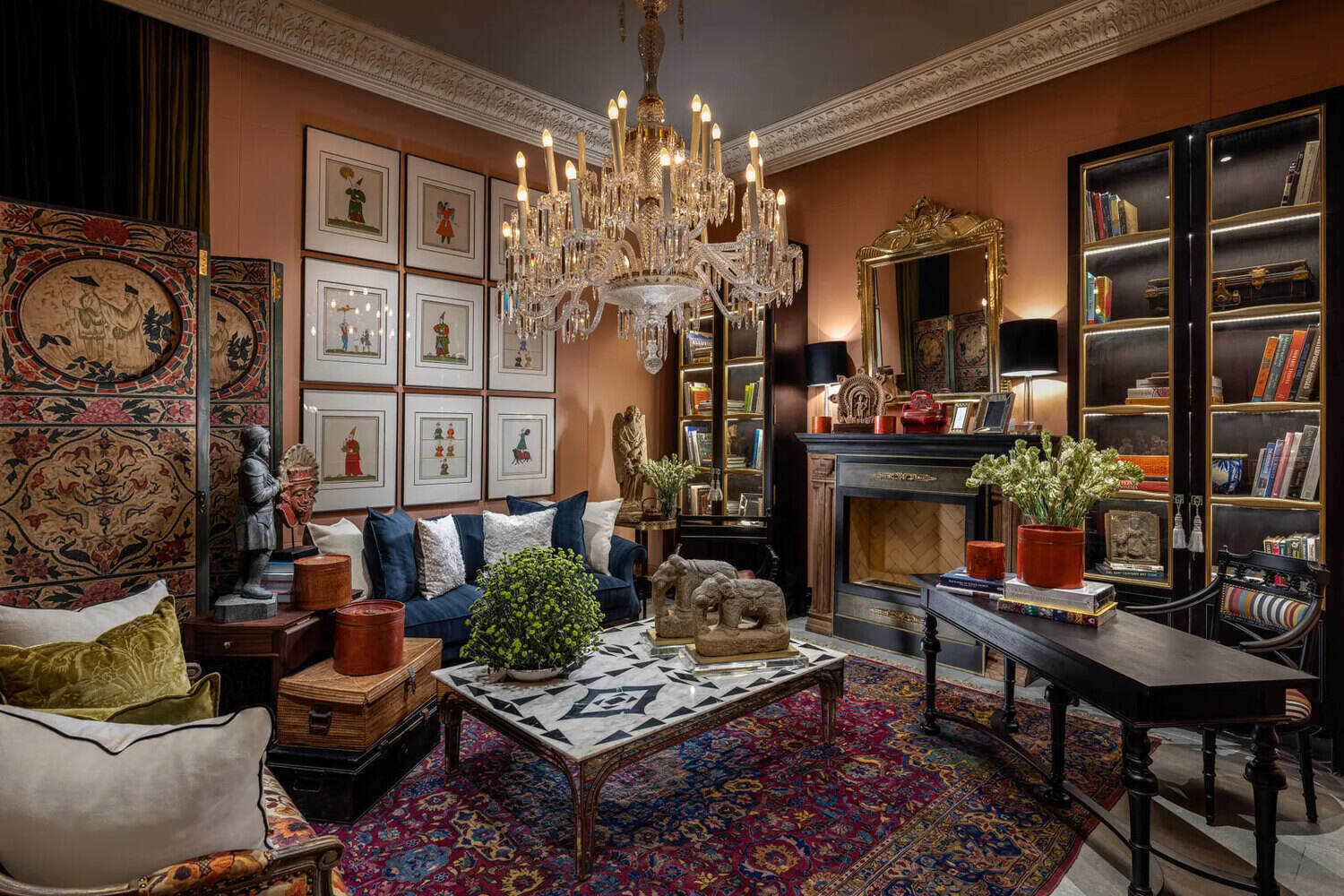

Articles
How To Choose Lighting For A Living Room
Modified: February 23, 2024
Discover expert articles on how to choose the perfect lighting for your living room to create a cozy and inviting atmosphere. Gain insights and tips from professionals in the field.
(Many of the links in this article redirect to a specific reviewed product. Your purchase of these products through affiliate links helps to generate commission for Storables.com, at no extra cost. Learn more)
Introduction:
Choosing the right lighting for your living room is crucial for creating a comfortable and inviting space. Whether you use your living room for entertaining guests, relaxing with a book, or watching a movie, the lighting choices you make can greatly affect the atmosphere and functionality of the room. With so many lighting options available, it can be overwhelming to know where to start. In this article, we will explore the factors to consider when choosing lighting for a living room and provide you with helpful tips and ideas to create the perfect lighting scheme.
Factors to Consider When Choosing Lighting for a Living Room:
When selecting lighting for your living room, there are several factors to consider to ensure that you create a well-lit and visually appealing space:
- Functionality: Determine how you will be using the living room and what activities will take place in the space. This will help you identify the type of lighting you need, such as ambient, task, or accent lighting.
- Room Size and Layout: Consider the size and layout of your living room to determine the number of light fixtures needed and their placement. Properly distributed lighting can help to eliminate dark corners and create an even illumination.
- Style and Design: Take into account the overall style and design of your living room. You want the lighting fixtures to complement the room’s aesthetic and add to its overall appeal.
- Natural Lighting: Assess the amount of natural light that enters the room throughout the day. This will help you determine if you need to supplement with additional sources of light.
- Energy Efficiency: Consider energy-efficient lighting options such as LED bulbs to not only reduce your environmental footprint but also save on energy costs in the long run.
By taking these factors into consideration, you can make informed decisions when selecting the lighting options for your living room. Let’s explore the different types of lighting options available:
Key Takeaways:
- Create a well-lit living room by considering functionality, room size, style, natural lighting, and energy efficiency. Choose from natural, overhead, task, ambient, and accent lighting to enhance the space.
- Select lighting fixtures that match your living room’s style and design, paying attention to size, materials, and finishes. Create visual balance, incorporate lighting controls, and develop a comprehensive lighting plan for a harmonious and inviting living room.
Read more: How To Choose A Carpet For Living Room
Factors to Consider When Choosing Lighting for a Living Room:
When it comes to choosing lighting for your living room, there are several important factors to consider. The right lighting can significantly enhance the ambiance and functionality of the space. Here are some key factors to keep in mind:
- Functionality: Think about how you use your living room. Is it primarily a gathering space for entertaining guests? Do you use it for relaxation or watching TV? Understanding the main activities that take place in your living room will help you determine the type of lighting you need.
- Room Size and Layout: The size and layout of your living room will influence your lighting choices. For larger rooms, you may need multiple light sources to evenly illuminate the space. Consider the positioning of furniture and focal points in the room to determine the best placement for light fixtures.
- Style and Design: Lighting fixtures can be a great way to enhance the overall style and design of your living room. Whether you prefer a modern, minimalist look or a more traditional aesthetic, choosing lighting fixtures that match your style can tie the room together and create a cohesive design scheme.
- Natural Lighting: Assess the amount of natural light that enters your living room. If you have large windows or doors that let in a lot of sunlight, you may be able to rely more on natural lighting during the day. However, it’s still important to supplement with artificial lighting for evening hours or on cloudy days.
- Energy Efficiency: Consider energy-efficient lighting options to reduce your environmental impact and save on energy costs. LED bulbs, for example, use significantly less energy than traditional incandescent bulbs and have a longer lifespan.
- Dimming and Control Options: Installing dimmer switches or using smart lighting systems can give you more control over the intensity and mood of the lighting in your living room. This allows you to adjust the brightness according to different activities or preferences.
By taking these factors into account, you can make informed decisions when choosing lighting for your living room. Next, we will explore different types of lighting options and how they can be used to enhance your space.
Natural Lighting Options:
Natural lighting has a significant impact on the atmosphere and overall feel of a living room. Maximizing the use of natural light not only reduces the need for artificial lighting but also creates a warm and inviting ambiance. Here are some natural lighting options to consider:
- Windows and Skylights: Installing large windows or skylights in your living room is an effective way to bring in ample natural light. Not only do windows provide a source of natural light during the day, but they also offer a view of the outdoors, creating a sense of connection with nature.
- Window Treatments: Proper window treatments can help control the amount of natural light entering the room. Sheer curtains or blinds provide privacy while still allowing natural light to filter through. If you prefer less natural light during certain hours, you can opt for blackout curtains or heavier blinds.
- Mirrors: Placing mirrors strategically in your living room can help reflect and amplify natural light. Position mirrors across from windows or skylights to bounce light around the room and make it feel brighter and more spacious.
- Light-colored Walls and Surfaces: Choosing light-colored paint or wallpaper for your living room walls and surfaces can help reflect natural light and make the space feel more open and airy. Lighter colors also tend to create a sense of freshness and brightness.
- Open Floor Plan: If possible, consider an open floor plan that allows natural light to flow from one area to another. Removing non-structural walls or using glass partitions can enhance the distribution of natural light throughout the living room.
- Indoor Plants: Incorporating indoor plants in your living room not only adds aesthetic appeal but can also help filter natural light. Place plants near windows to create a natural and calming atmosphere while allowing sunlight to penetrate through the leaves.
Taking advantage of natural lighting options can significantly enhance the ambiance of your living room and create a connection with the outdoors. However, it’s important to remember that natural light is not always consistent, and additional lighting sources may be necessary, especially during the evenings or on cloudy days. In the next section, we will explore overhead lighting options to supplement natural light and provide overall illumination for your living room.
Overhead Lighting Options:
Overhead lighting serves as the primary source of illumination in a living room and provides general lighting for the entire space. It is important to choose the right type of overhead lighting that complements the style and functionality of your living room. Here are some popular overhead lighting options:
- Ceiling-mounted Fixtures: Ceiling-mounted fixtures, such as chandeliers or pendant lights, are popular choices for living rooms. They come in a variety of styles and sizes, allowing you to find a fixture that matches your aesthetic preferences. Chandeliers are often used as a statement piece and can add elegance and drama to the room.
- Recessed Lighting: Recessed lighting, also known as can lights or downlights, is a versatile option for overhead lighting. These fixtures are installed into the ceiling, providing a clean and streamlined look. Recessed lighting can be used to provide overall illumination or highlight specific areas in the living room.
- Track Lighting: Track lighting consists of a linear track with adjustable spotlights that can be positioned to direct light where it is needed. This type of lighting is particularly useful for highlighting artwork, architectural features, or specific areas in the living room.
- Flushmount Fixtures: Flushmount fixtures are an excellent choice for rooms with low ceilings as they sit flush against the ceiling. They provide ample general lighting while maintaining a sleek and unobtrusive appearance. Flushmount fixtures come in a variety of styles and designs to suit different room aesthetics.
- Semi-Flushmount Fixtures: Semi-flushmount fixtures are similar to flushmount fixtures but hang slightly lower from the ceiling. They provide a bit more visual interest and can add a decorative touch to the living room. Semi-flushmount fixtures are available in various designs, from traditional to contemporary.
- Ceiling Fans with Lights: For living rooms that require both lighting and air circulation, ceiling fans with built-in lights can be a practical choice. These fixtures provide general illumination while keeping the room comfortable. They are available in a range of styles to match your décor.
When selecting an overhead lighting option, consider the height of your ceiling, the size of the living room, and the desired amount of light output. Additionally, dimmer switches can be installed to adjust the brightness levels and create different moods in the room. In the next section, we will explore task lighting options that are essential for specific activities in your living room.
Task Lighting Options:
In addition to ambient lighting, task lighting plays a crucial role in providing focused illumination for specific activities in your living room. Whether you enjoy reading, working on a laptop, or engaging in hobbies, having the right task lighting can improve visibility and reduce eye strain. Here are some task lighting options to consider:
- Table Lamps: Table lamps are versatile and can be placed on side tables, consoles, or desks to provide localized lighting. Look for lamps with adjustable shades or necks to direct the light where it is needed. Choose a lamp that complements your living room’s style and offers a suitable level of brightness.
- Floor Lamps: Floor lamps are perfect for providing task lighting in larger living rooms or areas where a table may not be available. With adjustable heights and directional heads, floor lamps can be positioned to illuminate specific seating areas or reading nooks.
- Desk Lamps: If you have a dedicated workspace or study area in your living room, a desk lamp is essential. Opt for a lamp with an adjustable arm and a focused beam of light to illuminate your work surface effectively. Consider LED desk lamps, as they offer energy efficiency and customizable brightness levels.
- Swing-arm Lamps: Swing-arm lamps are wall-mounted fixtures with adjustable arms that allow you to easily position the light according to your needs. These lamps are ideal for reading corners or areas where tabletop space may be limited.
- Clip-on Lamps: Clip-on lamps can be attached to various surfaces such as bookshelves, headboards, or side tables. They are compact and provide direct lighting for activities like reading or crafting.
- Under Cabinet Lighting: If you have cabinets or shelves in your living room, installing under cabinet lighting can illuminate display items or create a subtle glow to enhance the overall ambiance. LED strip lights are a popular choice for under cabinet lighting due to their flexibility and energy efficiency.
When choosing task lighting, consider the specific activities you will be doing and the placement of your furniture. Make sure the light source is in close proximity to the task area without causing glare or shadows. Additionally, consider the color temperature of the bulbs. Cooler tones (around 4000K-5000K) are often preferred for tasks that require focused concentration, while warmer tones (around 2700K-3000K) create a cozy and inviting ambiance. In the next section, we will explore ambient lighting options to provide overall illumination and create a pleasant atmosphere in your living room.
Read more: How To Choose A Painting For Living Room
Ambient Lighting Options:
Ambient lighting serves as the foundation of the lighting scheme in your living room. It provides overall illumination and sets the mood for the space. When choosing ambient lighting options, consider fixtures that distribute light evenly and create a warm and inviting atmosphere. Here are some ambient lighting options to consider:
- Recessed Lighting: Recessed lighting can be used as ambient lighting by placing the fixtures strategically throughout the living room. Aim for an even distribution of recessed lights to ensure that the room is well-lit without any dark spots. Dimmable recessed lights allow you to adjust the intensity of the light according to your preference.
- Flushmount Fixtures: Flushmount fixtures are a popular choice for ambient lighting as they provide general illumination throughout the room. They are available in various styles and designs, allowing you to find a fixture that complements your living room’s aesthetic. Choose fixtures that emit a warm and diffused light for a cozy ambiance.
- Bowl or Dome Pendant Lights: Pendant lights with bowl or dome-shaped shades can provide soft and ambient lighting. They hang from the ceiling and diffuse light downwards, creating a warm and inviting glow. Pendant lights can also serve as a decorative element in your living room.
- Wall Sconces: Wall sconces are an excellent choice for ambient lighting, especially in smaller living rooms or spaces where floor and tabletop space may be limited. They can be installed at eye level to create a pleasant and indirect light source. Wall sconces come in various designs, from modern to traditional, to suit your living room’s style.
- Track Lighting: Track lighting can be used as both ambient and accent lighting. By positioning the track lights strategically, you can create a soft and diffuse light that spreads throughout the room. Adjustable track heads allow you to direct the light where it is needed most.
- Wall Washers: Wall washers are fixtures designed to illuminate a large portion of a wall, creating a soft, indirect, and uniform light. This type of lighting helps to visually expand the living room and add a gentle ambiance.
When selecting ambient lighting options, consider the size of your living room and the desired level of brightness. Remember that having multiple sources of ambient lighting can create a more balanced and visually appealing effect. Next, we will explore accent lighting options that can add depth and highlight specific elements in your living room.
Consider the function of the living room – for relaxing, entertaining, or reading. Choose lighting that can be adjusted for different activities, such as dimmable overhead lights and task lighting for specific areas.
Accent Lighting Options:
Accent lighting is a key element in creating depth and visual interest in your living room. It is used to highlight specific architectural features, artwork, or decorative elements. By adding accent lighting, you can create focal points and enhance the overall aesthetic appeal of the room. Here are some accent lighting options to consider:
- Spotlights and Directional Lights: Spotlights and directional lights are versatile options for accent lighting. They can be used to highlight artwork, sculptures, or architectural details in your living room. Position the lights at an angle to create shadow and depth, drawing attention to the desired area.
- Picture Lights: Picture lights are specifically designed to illuminate artwork or photographs on the wall. Mounted above or below the artwork, these lights provide a focused beam that enhances the colors and details of the pieces.
- Wall Grazing Lights: Wall grazing lights are placed close to the wall surface to create a dramatic effect by highlighting the texture and details of the wall. This type of lighting is particularly effective with textured or patterned walls, adding depth and visual interest.
- Under Cabinet or Shelf Lighting: Installing under cabinet or shelf lighting can draw attention to specific areas or objects in your living room. Use this type of lighting to showcase collectibles, decorative items, or books on shelves or cabinets.
- Recessed Floor Lighting: Recessed floor lighting, also known as uplighting, can be used to create a dramatic effect by illuminating the walls, columns, or other architectural elements from the floor. This type of lighting adds a touch of elegance and sophistication to your living room.
- Cove Lighting: Cove lighting is an indirect lighting technique that involves installing lights in a recessed area, such as a cove or cornice, to create a soft glow along the edges of the ceiling or walls. Cove lighting can add a warm and inviting ambiance to your living room.
When using accent lighting, remember to balance the intensity of the light with the surrounding ambient lighting. The goal is to create a focal point without overpowering the overall lighting scheme. Additionally, consider using dimmer switches to adjust the brightness of the accent lighting based on the desired mood or activity. In the next section, we will discuss the importance of choosing the right light bulbs for your living room.
Choosing the Right Light Bulbs:
When it comes to selecting light bulbs for your living room, it’s essential to consider factors such as brightness, color temperature, energy efficiency, and longevity. The right light bulbs can greatly impact the overall ambiance and functionality of the room. Here are some considerations to keep in mind:
- Brightness: The brightness of a light bulb is measured in lumens. Consider the purpose of the lighting in each area of your living room. For general illumination, choose bulbs with higher lumens. For task lighting or accent lighting, opt for bulbs with lower lumens to create a more focused and intimate atmosphere.
- Color Temperature: Color temperature is measured in Kelvin (K) and determines the warmth or coolness of the light emitted. Lower Kelvin values (2700K-3000K) produce a warm, yellowish light similar to traditional incandescent bulbs, creating a cozy ambiance. Higher Kelvin values (4000K-5000K) provide a cool, bluish-white light, which is often preferred for task-oriented areas.
- Energy Efficiency: Consider choosing energy-efficient light bulbs, such as LED (Light Emitting Diode) or CFL (Compact Fluorescent Lamp). LED bulbs are highly efficient, have a longer lifespan, and consume less energy compared to traditional incandescent bulbs. While LED bulbs may have a higher upfront cost, they save money in the long run due to their energy efficiency and longevity.
- Color Rendering Index (CRI): The Color Rendering Index measures how accurately a light source reveals the colors of objects. Look for bulbs with a higher CRI to ensure that the colors in your living room appear vibrant and true to life.
- Dimmable Options: If you want the flexibility to adjust the brightness levels in your living room, select light bulbs that are compatible with dimmer switches. Not all bulbs are dimmable, so be sure to check the packaging or product specifications before purchasing.
- Light Bulb Types: There are various types of light bulbs available, including incandescent, halogen, fluorescent, and LED bulbs. Incandescent bulbs are being phased out in many countries due to their lower energy efficiency. Halogen bulbs offer a brighter light but have a shorter lifespan. Fluorescent bulbs are energy-efficient, but their light quality can sometimes be harsh. LED bulbs are the most recommended option due to their energy efficiency, longevity, and versatility in terms of brightness and color temperature.
When purchasing light bulbs, consider the specific lighting needs and preferences for each area of your living room. It’s also worth experimenting with different bulb types and color temperatures to find the best combination that suits your style and desired ambiance. Finally, ensure that the light bulbs you choose are compatible with the fixtures in your living room. Properly matched bulbs and fixtures will contribute to the overall success of your lighting design. In the next section, we will provide some tips for lighting placement and installation in your living room.
Lighting Placement and Installation Tips:
Proper lighting placement and installation are key to achieving an effective and functional lighting scheme in your living room. Here are some tips to consider when positioning and installing your light fixtures:
- Layered Lighting: Incorporate different layers of light in your living room by using a combination of ambient, task, and accent lighting. This will create depth and dimension, allowing you to adjust the lighting to various activities and moods.
- Balanced Distribution: To ensure even illumination, distribute light fixtures throughout the room rather than relying on a single light source. This will prevent any shadowy or poorly lit areas. Consider the size of your living room and aim for balanced lighting placement.
- Focal Points: Identify key focal points in your living room, such as artwork, architectural features, or furniture pieces. Place accent lighting strategically to highlight these focal points and draw attention to them.
- Avoid Glare and Shadows: Position light fixtures so that they do not create glare or cast harsh shadows. Use frosted or diffused bulbs to soften the light and minimize glare. For task lighting, direct the light where it is needed without causing discomfort or obstructing the view.
- Height and Proportions: Consider the height of your ceiling and the size of your living room when choosing light fixtures. For higher ceilings, consider fixtures with adjustable heights or pendants that hang lower. Ensure that the size and scale of the fixtures are proportionate to the room.
- Wiring and Safety: When installing new light fixtures, it is important to follow proper wiring guidelines and ensure that electrical connections are secure. If you are not experienced with electrical work, it is advisable to hire a licensed electrician to ensure safety and compliance with building codes.
- Dimmers and Controls: Install dimmer switches or use smart lighting controls to adjust the brightness of your light fixtures. This allows you to create different moods and easily adapt the lighting to various activities in your living room.
- Consider Natural Light: Take advantage of natural light during the day and position furniture and light fixtures to make the most of the available daylight. Consider how natural light enters the room and adjust your lighting setup accordingly.
- Regular Maintenance: Keep your light fixtures clean and free of dust to maximize their efficiency and lifespan. Replace light bulbs as needed and ensure that all fixtures are functioning properly. Regular maintenance will help keep your living room well-lit and visually appealing.
Remember, lighting placement and installation are crucial aspects of creating a well-lit and inviting living room. Take your time to carefully plan the positioning of your fixtures and consult professionals if needed. Following these tips will help you achieve a functional and aesthetically pleasing lighting design. Lastly, let’s wrap up with some styling and design considerations to enhance the overall look of your living room.
Read more: How To Choose Carpet For A Living Room
Styling and Design Considerations:
When choosing lighting for your living room, it is important to consider how the fixtures will fit into the overall style and design of the space. The right lighting can enhance the aesthetic appeal and create a cohesive look. Here are some styling and design considerations to keep in mind:
- Match the Style: Choose lighting fixtures that align with the overall style of your living room. Whether your space has a modern, contemporary, traditional, or eclectic design, select fixtures that complement and enhance the existing décor.
- Choose Appropriate Sizes: Pay attention to the size of the lighting fixtures and how they fit within your living room. Oversized fixtures can overpower the space, while undersized ones may get lost visually. Consider the ceiling height and the scale of the room to ensure a balanced look.
- Consider Materials and Finishes: Take into account the materials and finishes of the lighting fixtures. Look for finishes that coordinate with other elements in the room, such as furniture, hardware, and accessories. Materials like metal, glass, or fabric can add texture and depth to the overall design.
- Create Visual Balance: Distribute your lighting fixtures in a way that creates visual balance. If you have a symmetrical layout, consider using matching or coordinating fixtures on each side. For an asymmetrical layout, use fixtures that provide balance and harmony without being identical.
- Add Decorative Elements: Lighting fixtures can also act as decorative elements in your living room. Choose fixtures with unique designs or eye-catching details that can serve as focal points and enhance the overall aesthetic appeal of the room.
- Consider Lighting Controls: Incorporate lighting controls into your living room design. Use dimmer switches, smart lighting systems, or timers to easily adjust the intensity and create different lighting scenarios to suit different activities and moods.
- Layer Lighting Textures: Consider incorporating a variety of lighting textures. Combine fixtures with different types of materials, such as frosted glass, fabric shades, or exposed bulbs, to add visual interest and create depth in your living room.
- Create a Lighting Plan: Develop a lighting plan for your living room that includes different types of lighting—ambient, task, and accent—along with their specific locations and purposes. This will ensure that you have a well-thought-out and comprehensive lighting design.
- Keep the Overall Vision in Mind: Lastly, remember to keep the overall vision and feel of your living room in mind when selecting lighting fixtures. Consider how the lighting will contribute to the desired atmosphere and complement your personal style and taste.
By considering these styling and design factors, you can choose lighting fixtures that not only provide the right illumination but also contribute to the aesthetic appeal and create a harmonious living room design. Finally, let’s conclude this article with a summary of the key points discussed.
Conclusion:
Choosing the right lighting for your living room is a critical aspect of creating a comfortable, functional, and visually appealing space. By considering factors such as functionality, room size, style, natural lighting, energy efficiency, and lighting types, you can make informed decisions when selecting the lighting fixtures for your living room.
Start by assessing the different lighting options available, including natural lighting, overhead lighting, task lighting, ambient lighting, and accent lighting. Each type serves a specific purpose and contributes to the overall lighting scheme of your living room.
Remember to choose light bulbs that offer the desired brightness, color temperature, energy efficiency, and dimming capabilities. This ensures that you have optimal control over the lighting and can create the desired mood and atmosphere.
When it comes to placement and installation, aim for balanced distribution, avoid glare and shadows, and consider the height and proportions of the room. Take advantage of natural lighting during the day and incorporate lighting controls for flexibility.
Styling and design considerations are also important in selecting lighting fixtures that match the overall style and aesthetic of your living room. Ensure that the sizes, finishes, and materials of the fixtures align with the existing décor and create visual balance within the space.
Ultimately, the goal is to create a well-lit living room that meets your functional needs, reflects your personal style, and enhances the ambiance of the space. By taking the time to carefully evaluate your lighting options, consider the design elements, and plan the placement and installation, you can achieve a beautiful and inviting living room.
Remember, lighting is not a one-size-fits-all solution. Experimentation and adjustment may be necessary to find the perfect balance and achieve your desired lighting design.
With the knowledge gained from this article, you are now equipped to make informed decisions and create a well-lit living room that meets your needs and reflects your personal style. So go ahead and transform your living room into a comfortable and visually stunning space with the perfect lighting!
Frequently Asked Questions about How To Choose Lighting For A Living Room
Was this page helpful?
At Storables.com, we guarantee accurate and reliable information. Our content, validated by Expert Board Contributors, is crafted following stringent Editorial Policies. We're committed to providing you with well-researched, expert-backed insights for all your informational needs.
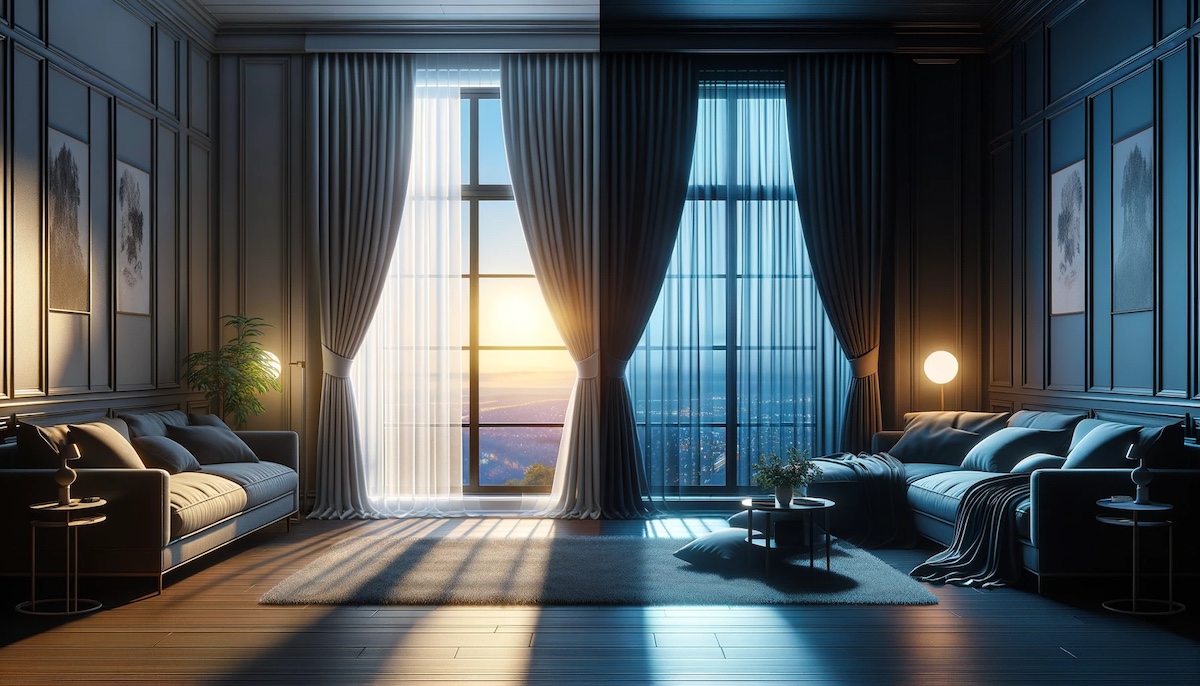
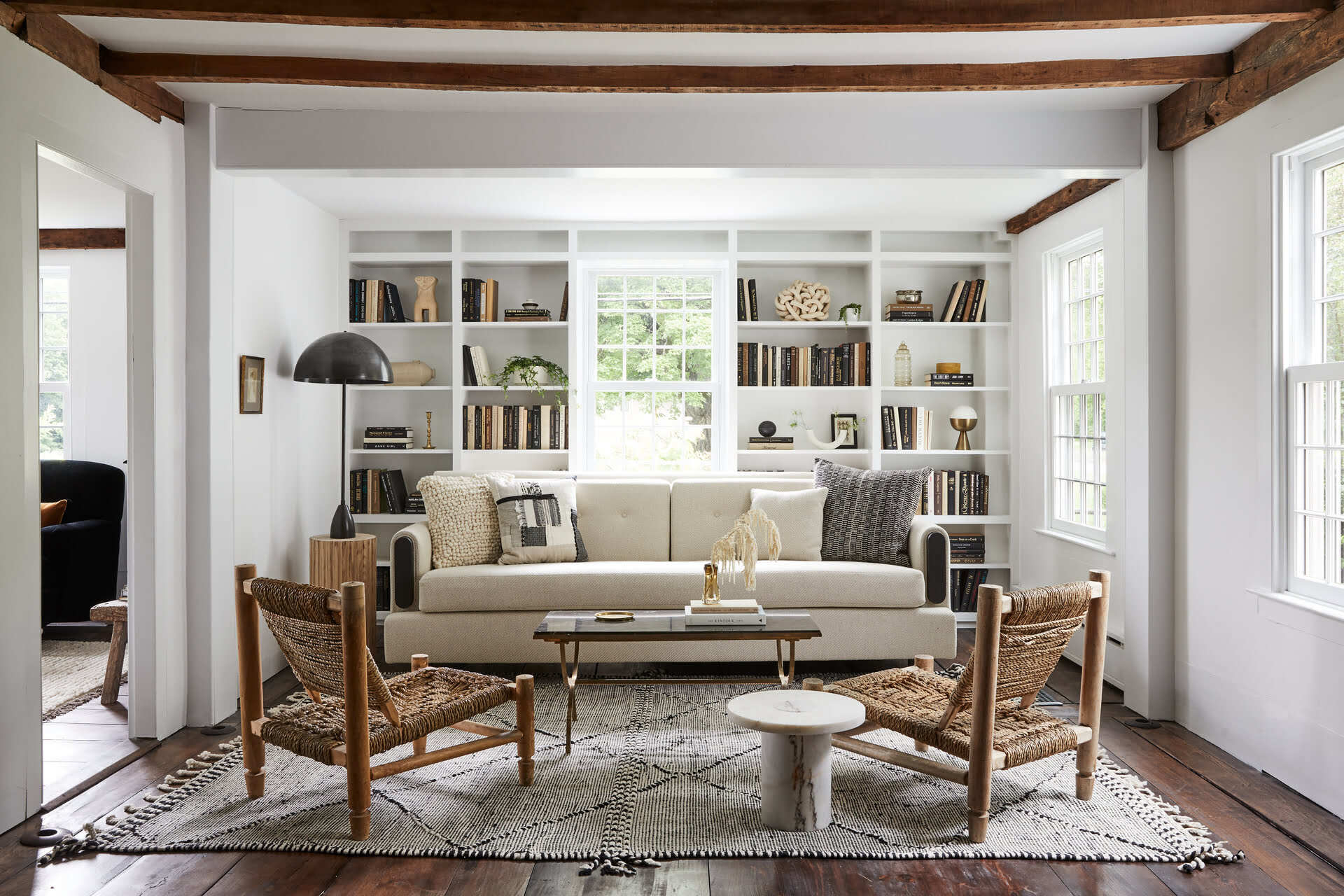
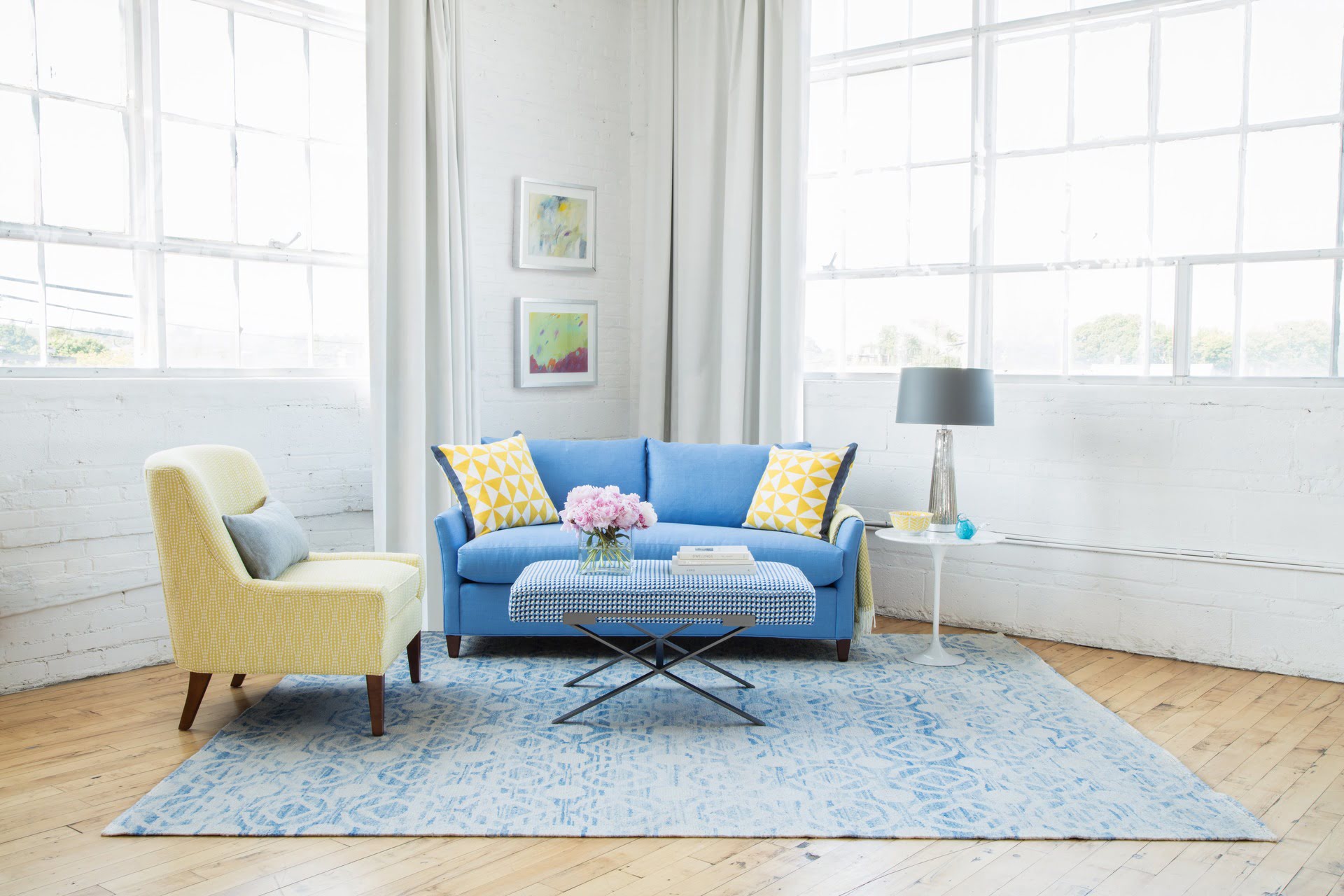
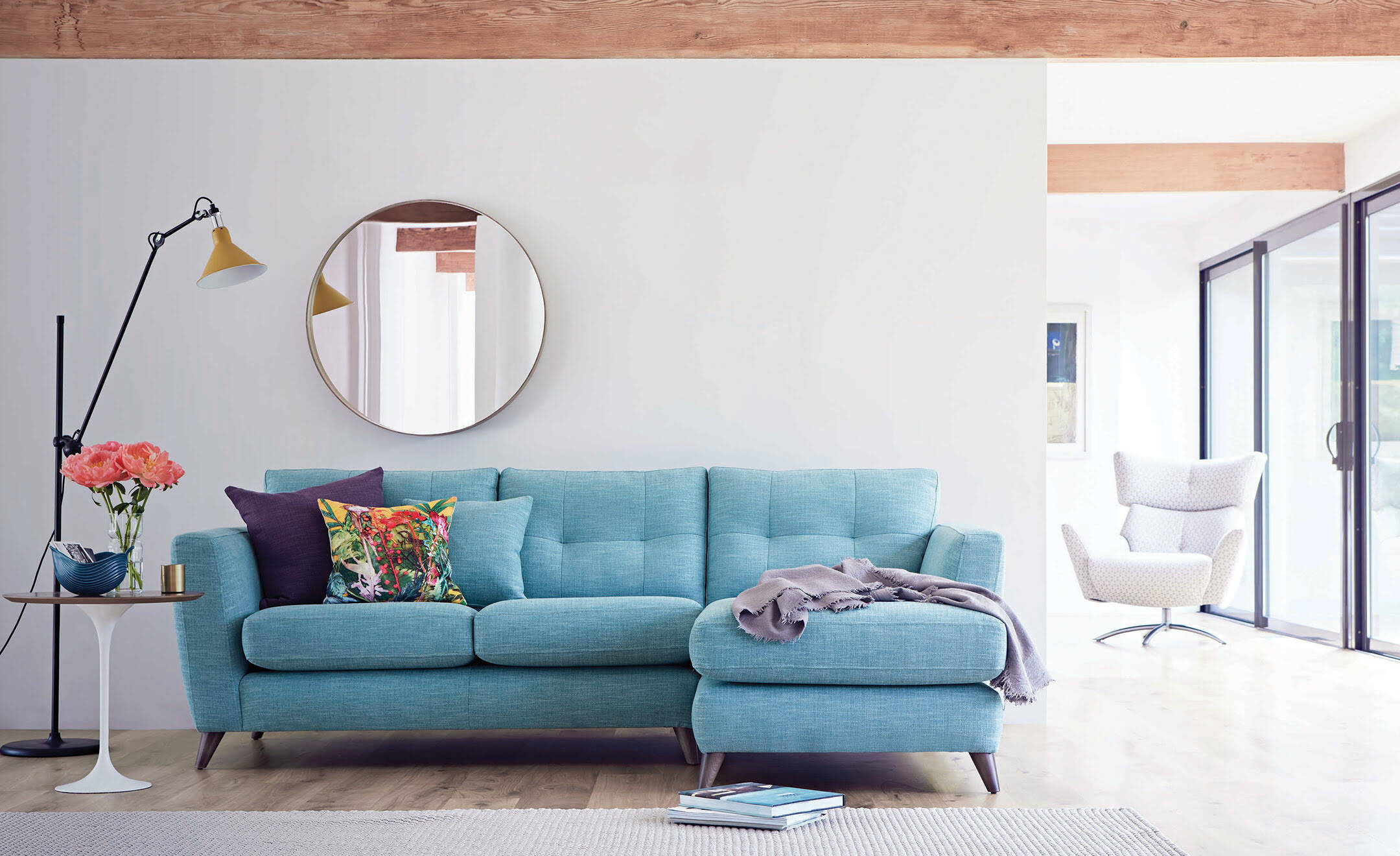
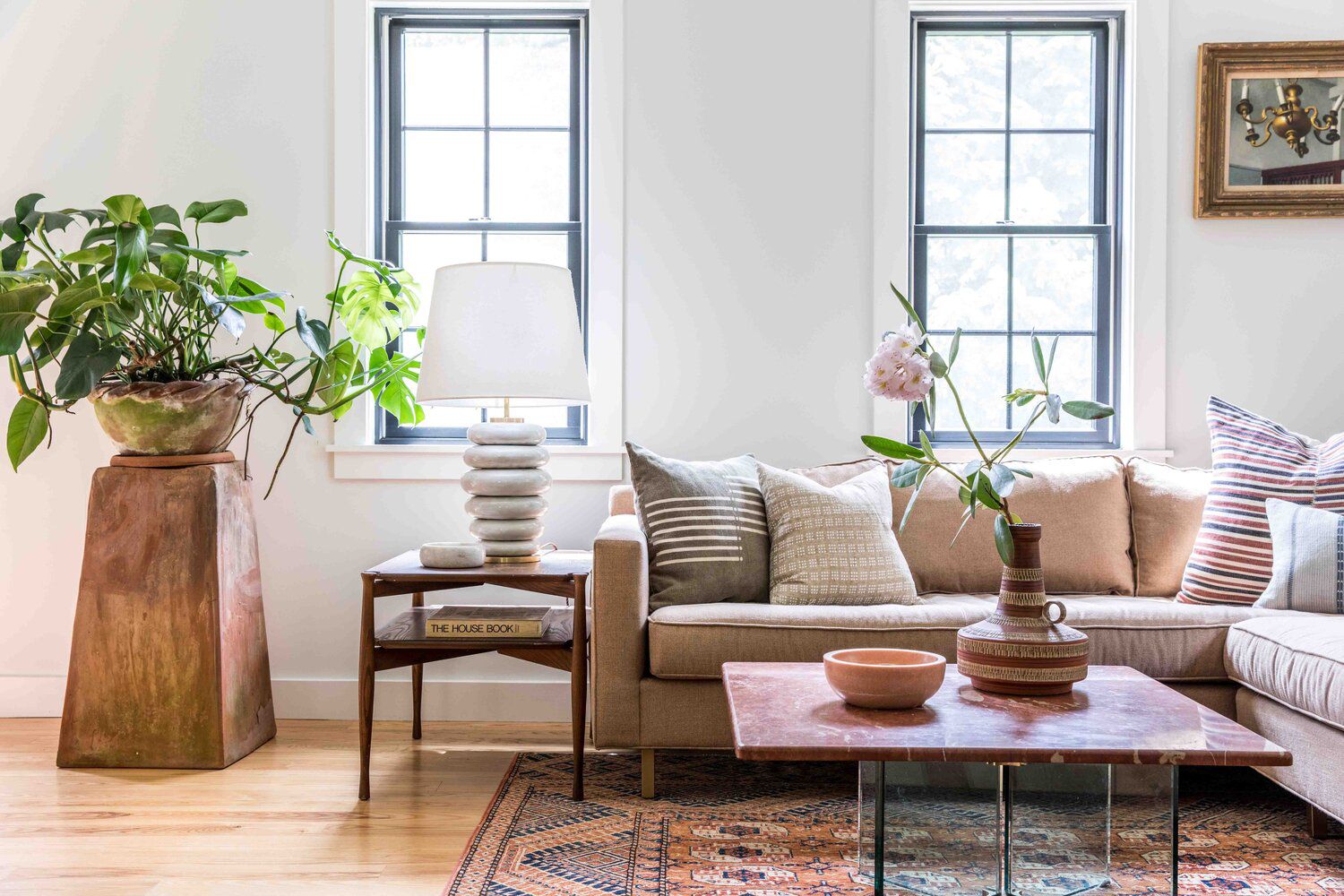
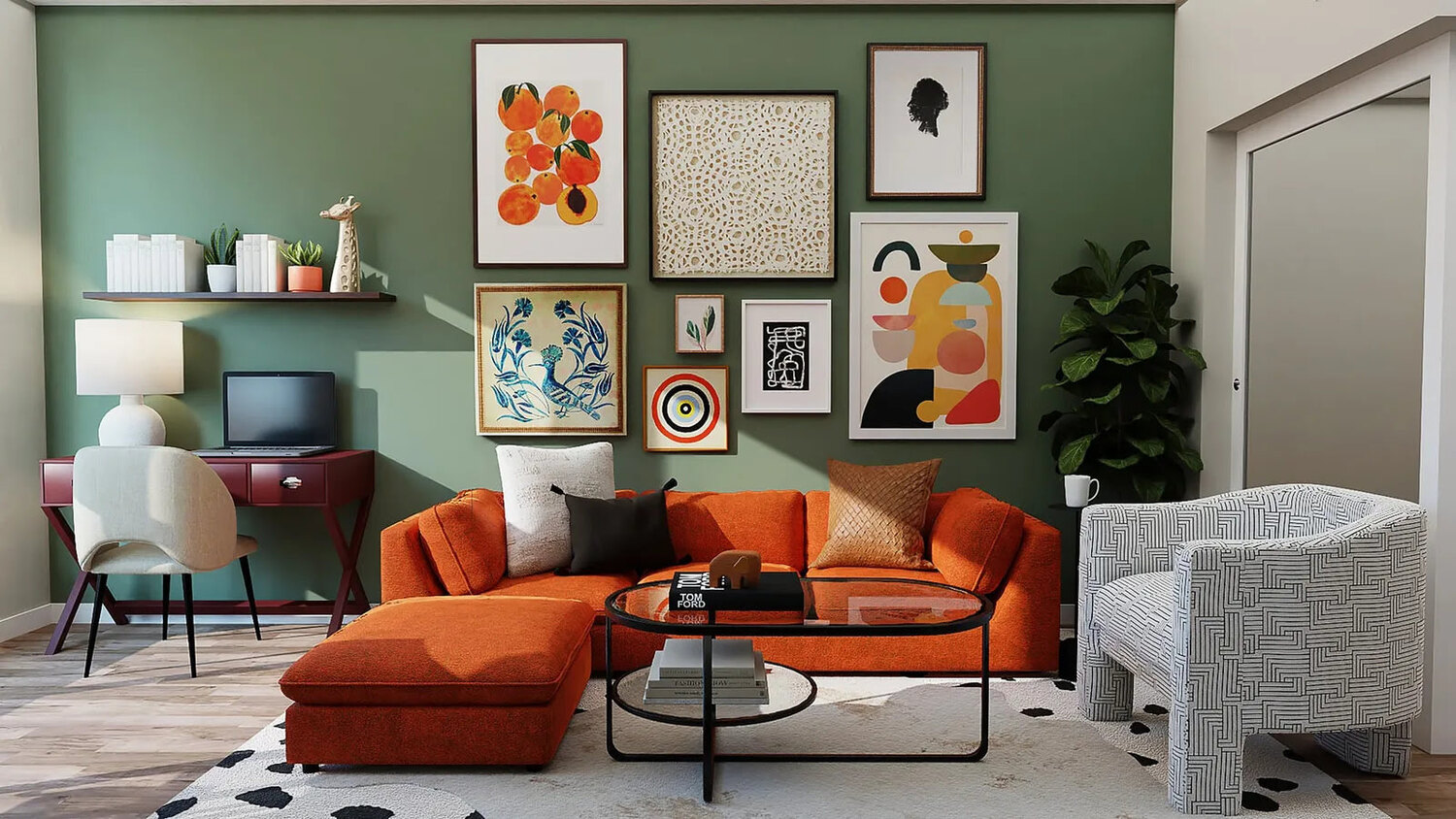
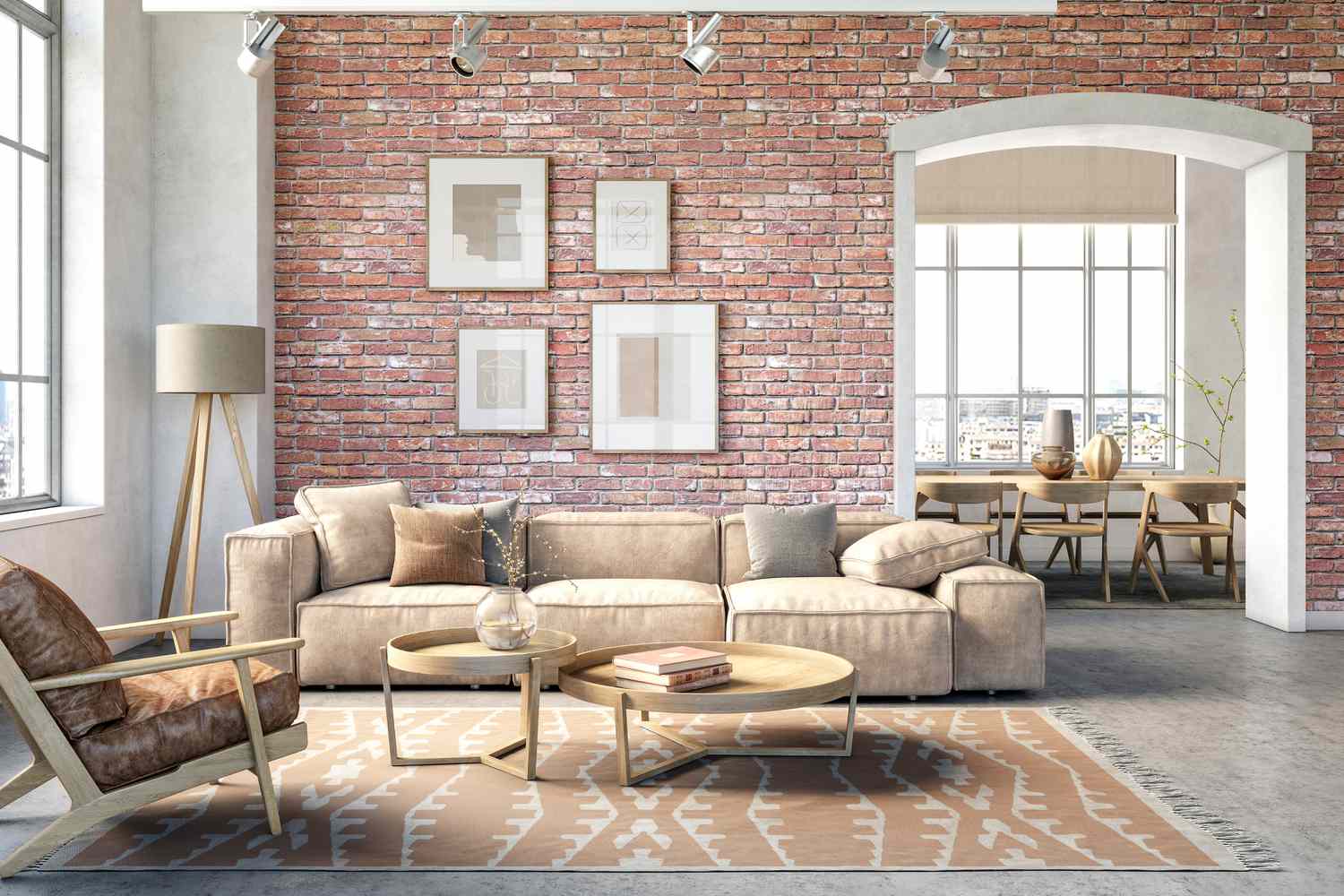
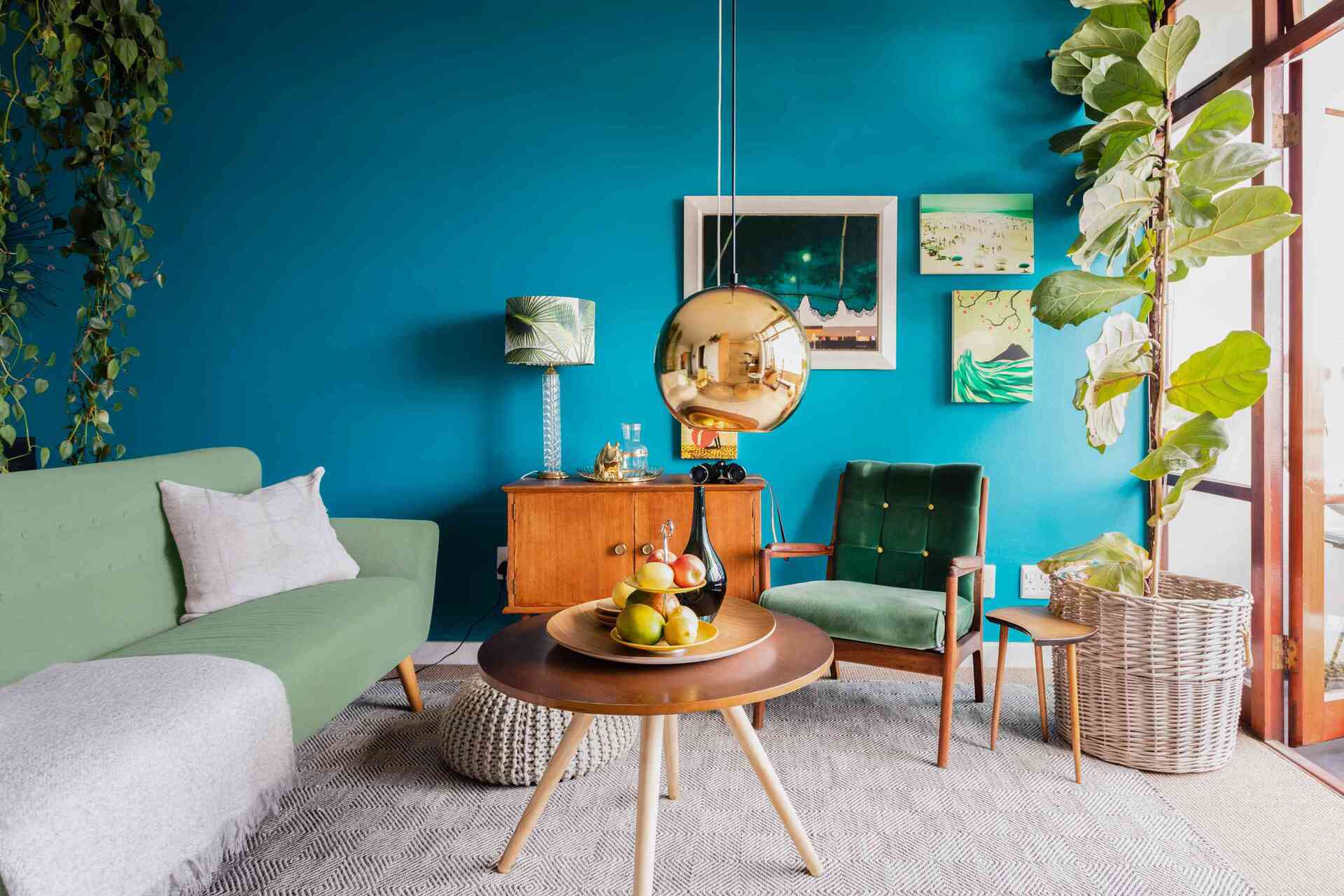
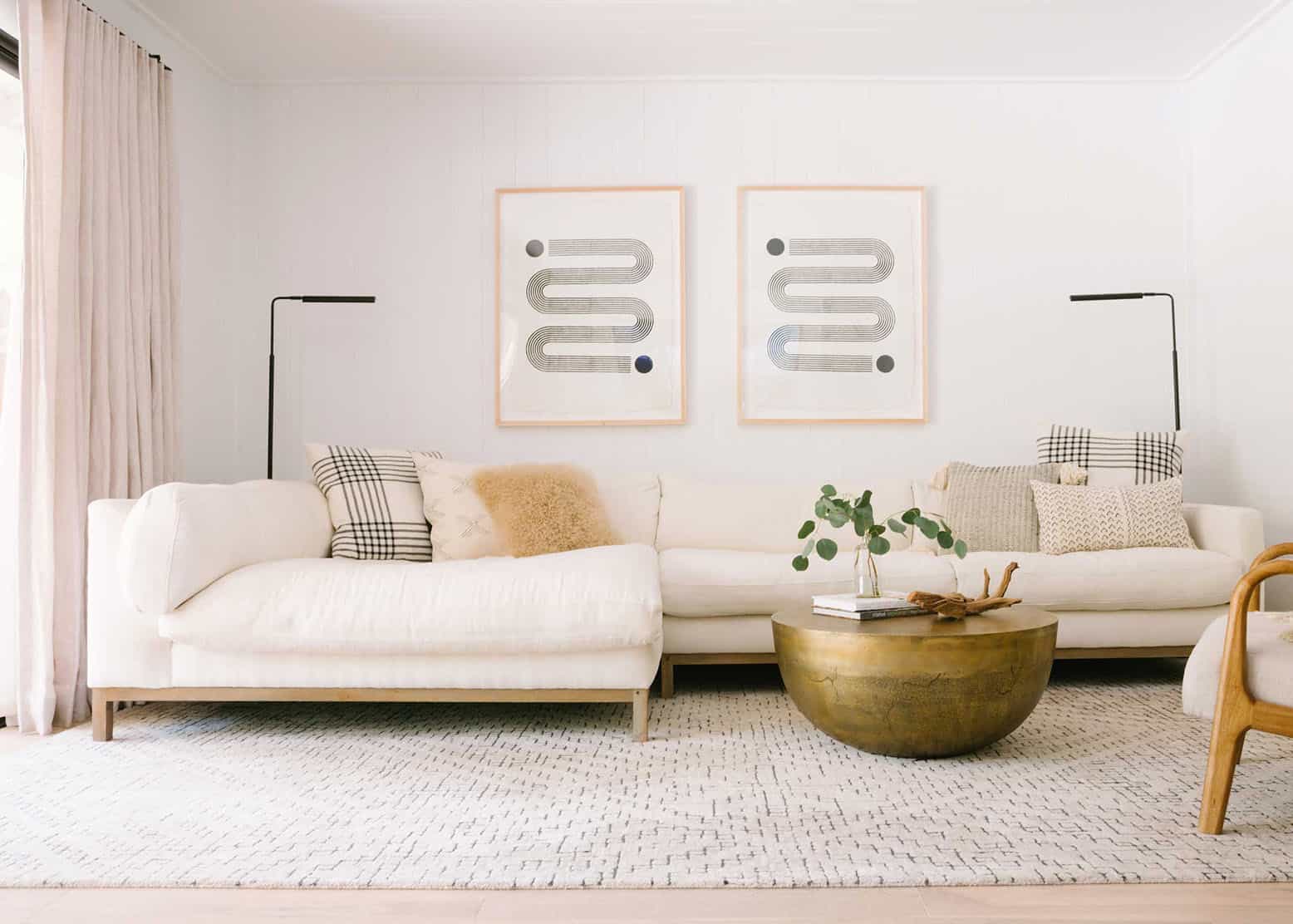
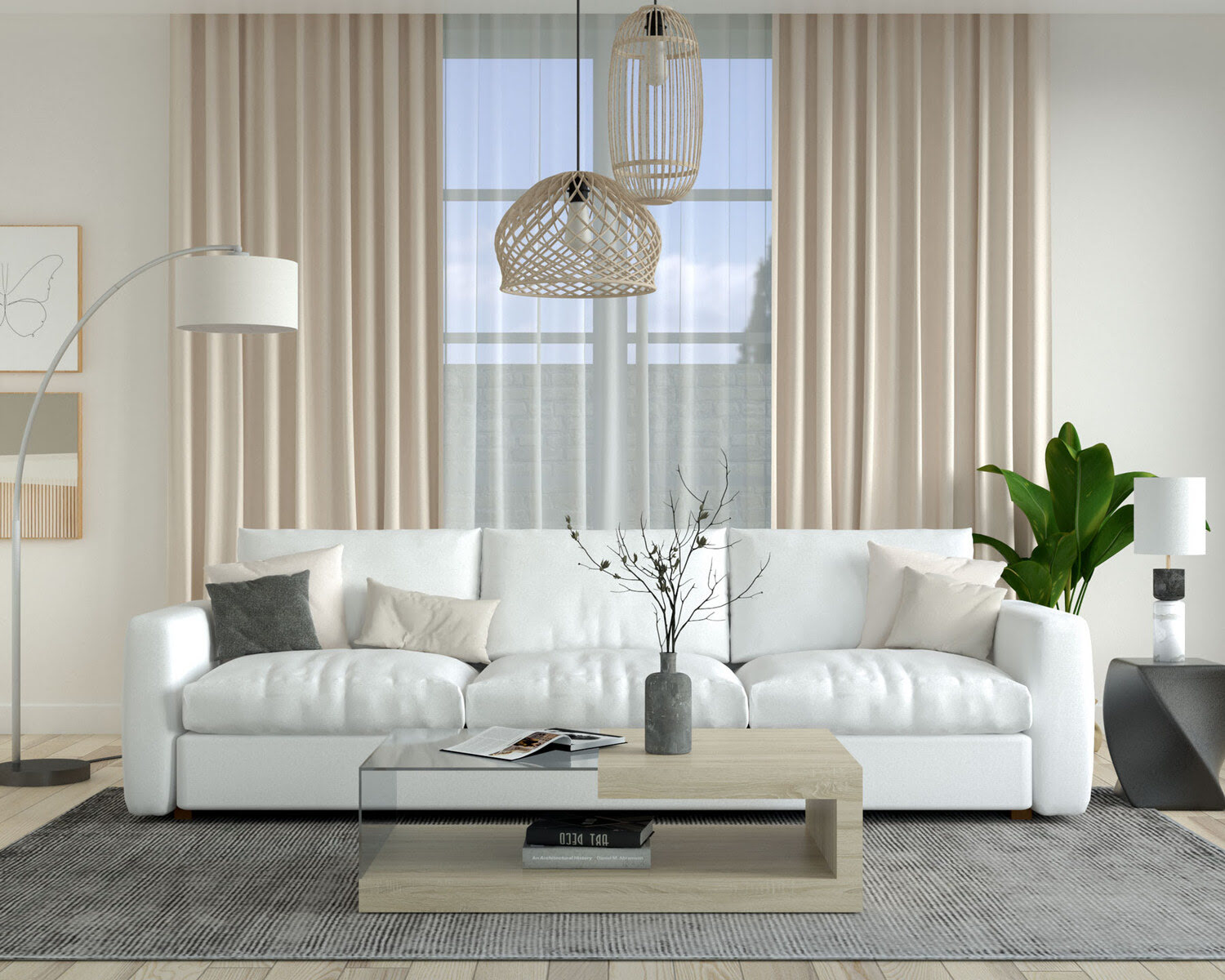
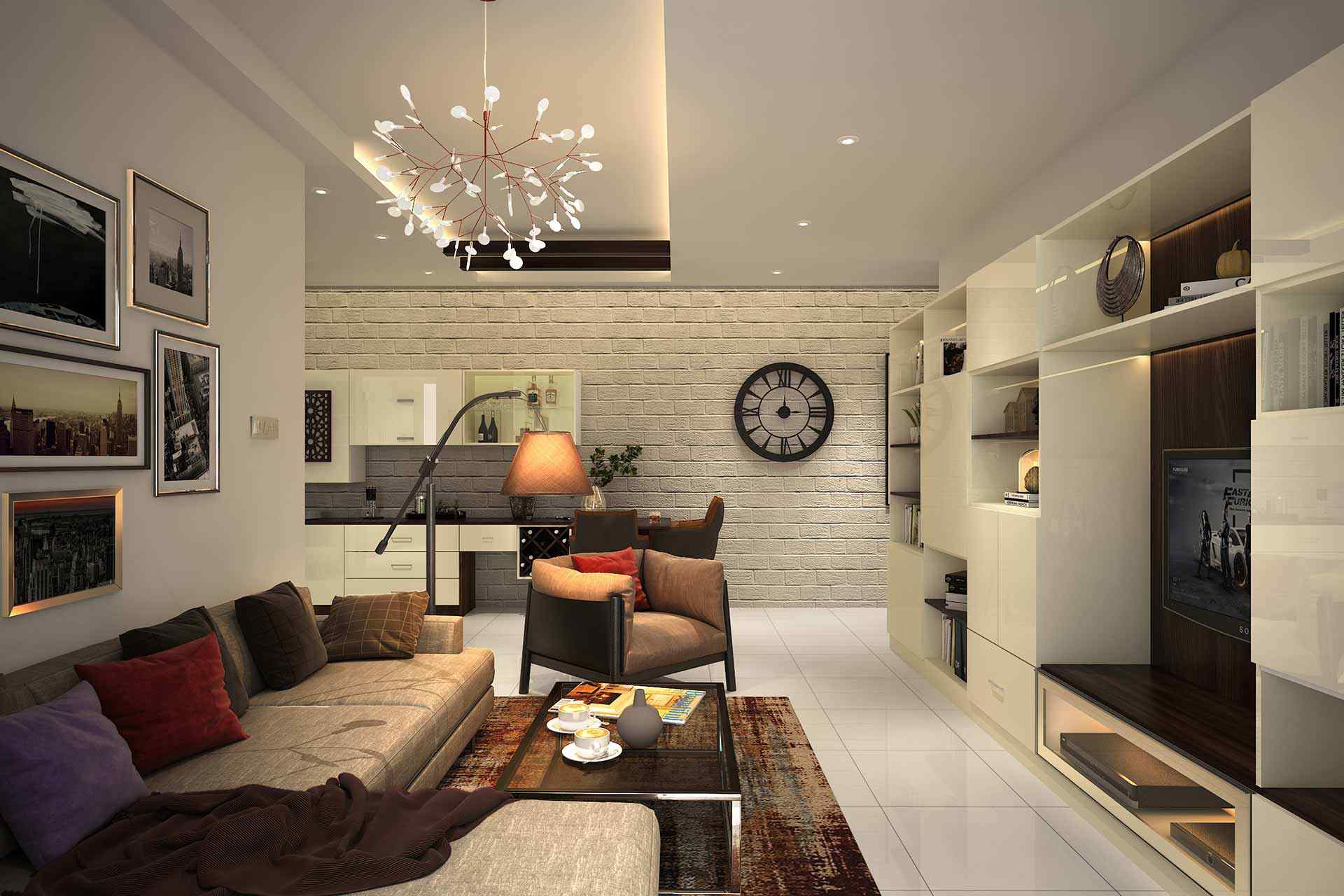
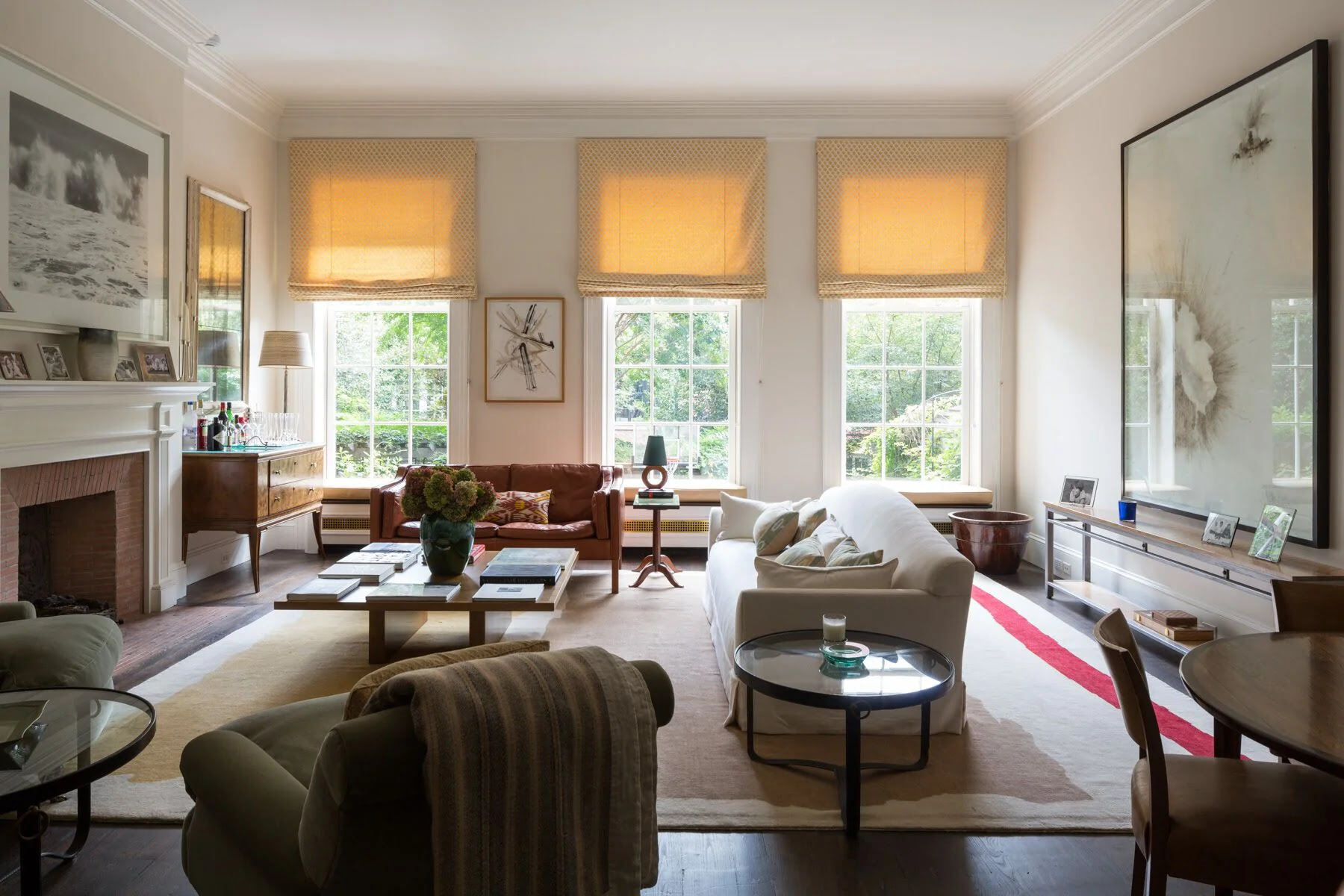
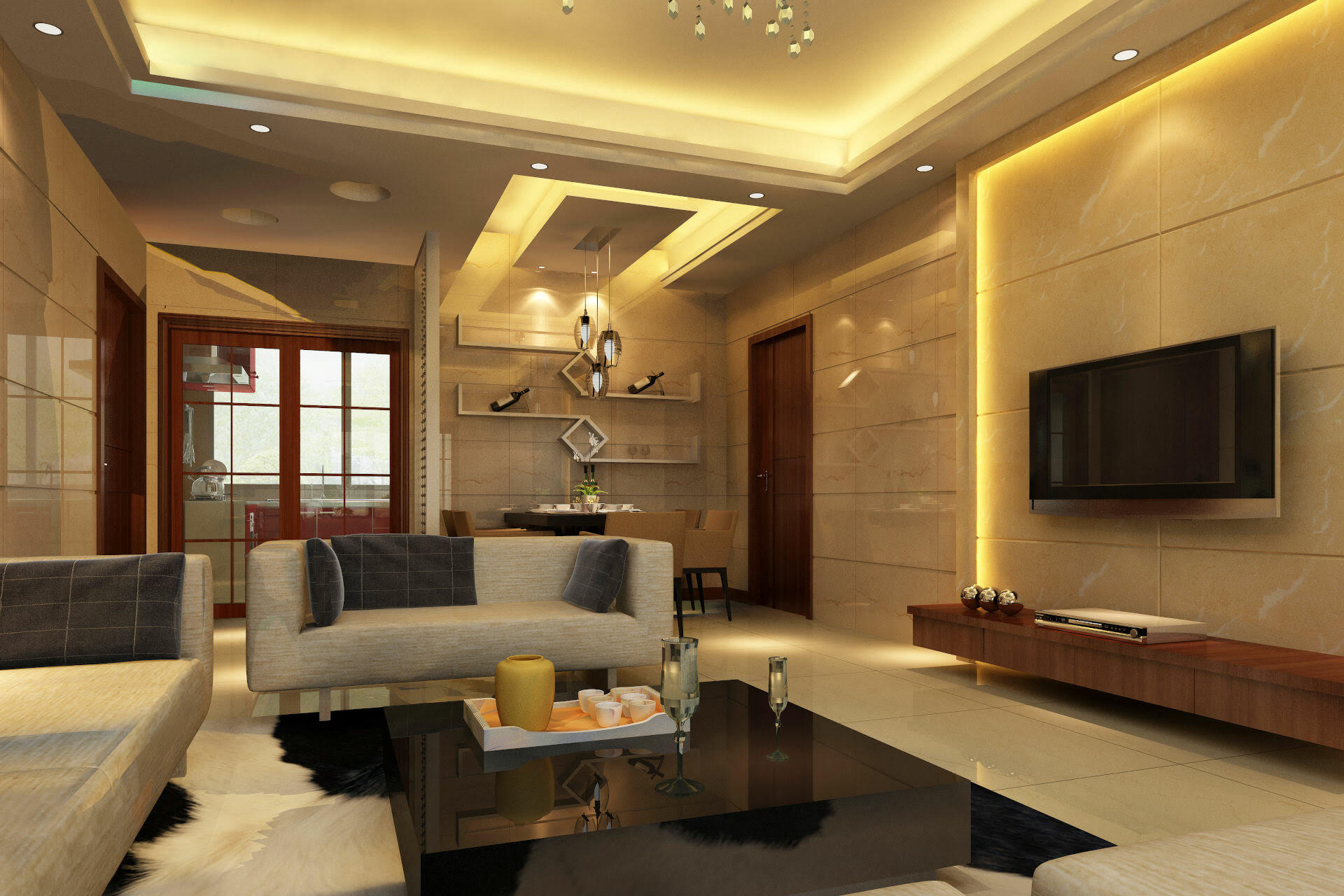

0 thoughts on “How To Choose Lighting For A Living Room”